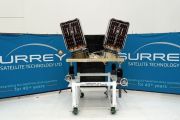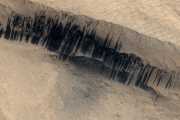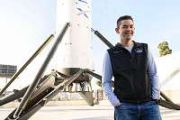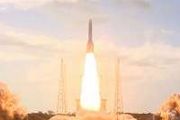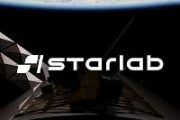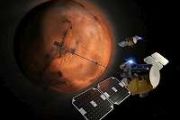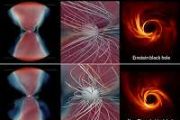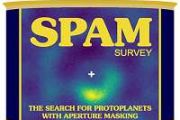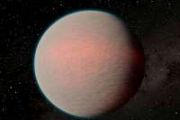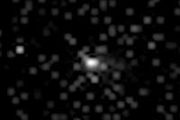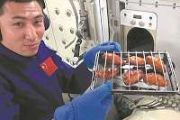
Copernical Team
Musk says cannot fund Starlink in Ukraine indefinitely
 Elon Musk said Friday that SpaceX would not be able to pay for Starlink satellite internet in Ukraine indefinitely, while the US military confirmed it was communicating with the billionaire's company about funding for the key network.
The discussions come as Musk has been embroiled in public spats with Ukrainian leaders who were angered by his controversial plan for de-escalating the conflic
Elon Musk said Friday that SpaceX would not be able to pay for Starlink satellite internet in Ukraine indefinitely, while the US military confirmed it was communicating with the billionaire's company about funding for the key network.
The discussions come as Musk has been embroiled in public spats with Ukrainian leaders who were angered by his controversial plan for de-escalating the conflic Crew-4 astronauts splash down after 170 days in space
 The International Space Station Crew-4 returned to Earth on Friday in the Dragon Freedom capsule after almost six months in space, landing off the coast of Florida.
Splashdown occurred at 4:55 p.m. EDT after NASA and Space X mission controllers canceled the attempt Thursday due to weather concerns in the recovery area off Jacksonville.
The descent took about five hours, aided at
The International Space Station Crew-4 returned to Earth on Friday in the Dragon Freedom capsule after almost six months in space, landing off the coast of Florida.
Splashdown occurred at 4:55 p.m. EDT after NASA and Space X mission controllers canceled the attempt Thursday due to weather concerns in the recovery area off Jacksonville.
The descent took about five hours, aided at Eagle-designed space drones target in-orbit construction
 What if vehicles could be assembled in space without human supervision? What if autonomous spacecraft could conduct routine maintenance and inspections on satellites, while flying in orbit around the Earth?
Dr. Hever Moncayo, Embry-Riddle Aeronautical University associate professor of Aerospace Engineering, believes all of this is possible, and he's helping push the technology that will ac
What if vehicles could be assembled in space without human supervision? What if autonomous spacecraft could conduct routine maintenance and inspections on satellites, while flying in orbit around the Earth?
Dr. Hever Moncayo, Embry-Riddle Aeronautical University associate professor of Aerospace Engineering, believes all of this is possible, and he's helping push the technology that will ac Rocket Lab to build solar panels for NASA's CADRE Mobile Robot Program
 Rocket Lab USA, Inc. (Nasdaq: RKLB) has been selected by NASA's Jet Propulsion Laboratory (JPL) to supply solar panels that will power NASA's shoe-box-sized mobile robots as part of the Cooperative Autonomous Distributed Robotic Explorers (CADRE) program.
The solar panels will use Rocket Lab's inverted metamorphic multi-junction (IMM) solar cells that are more efficient and lighter weight
Rocket Lab USA, Inc. (Nasdaq: RKLB) has been selected by NASA's Jet Propulsion Laboratory (JPL) to supply solar panels that will power NASA's shoe-box-sized mobile robots as part of the Cooperative Autonomous Distributed Robotic Explorers (CADRE) program.
The solar panels will use Rocket Lab's inverted metamorphic multi-junction (IMM) solar cells that are more efficient and lighter weight SpaceX ferries astronauts back to Earth after half-year away
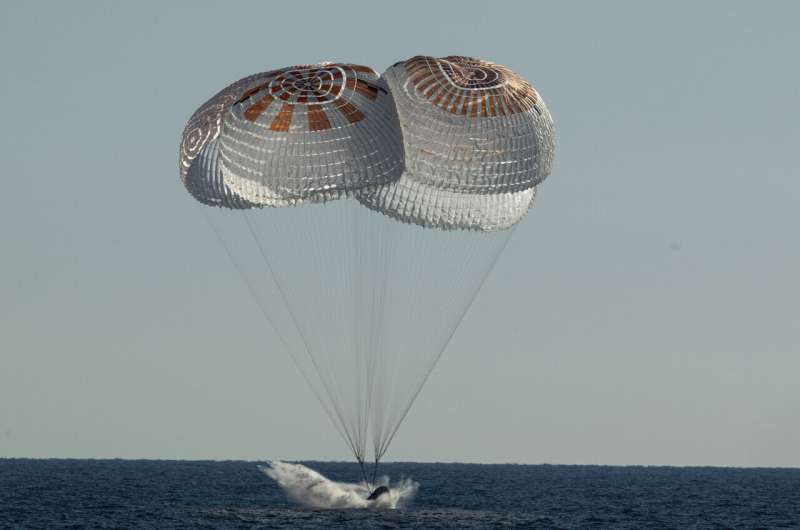
Four astronauts returned to Earth in a SpaceX capsule Friday, ending their nearly six-month space station mission with a splashdown in the Atlantic off Florida.
Wet and windy weather across Florida delayed their homecoming. SpaceX and NASA finally gave the all-clear on Friday, and the three Americans and one Italian departed the International Space Station, their residence since April.
The capsule parachuted into the ocean, just off Jacksonville, Florida, about five hours later.
NASA's Lucy to fly past thousands of objects for Earth gravity assist
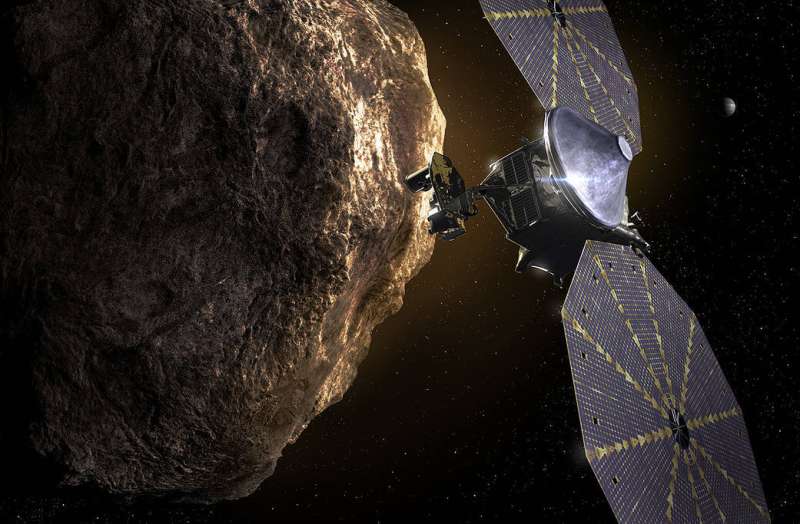
Mission engineers will track NASA's Lucy spacecraft nonstop as it prepares to swoop near Earth on Oct. 16 to use this planet's gravity to set itself on a course toward the Jupiter Trojan asteroids.
But they also will be closely tracking something else: more than 47,000 satellites, debris, and other objects circling our planet. A greater than 1-10,000 chance that Lucy will collide with one of these objects will require mission engineers to slightly adjust the spacecraft's trajectory.
Although an adjustment is unlikely, and collisions are rare, the chances are increasing as the number of objects in Earth's orbit grows, NASA experts say.
The International Space Station, for instance, has maneuvered out of the way of space debris 31 times since 1999, including three times since 2020.
"Low-Earth orbit is getting more crowded, so that has to be part of the consideration nowadays, especially for missions that fly low, like Lucy," said Dr.
First Eurostar Neo satellite launched
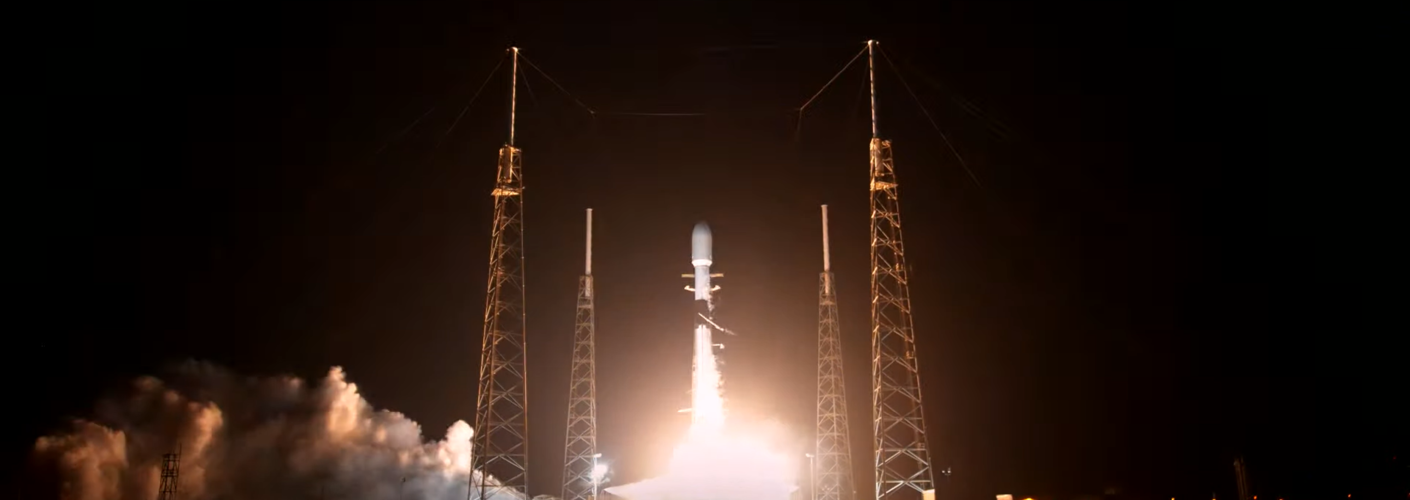
The first satellite to be built under ESA’s Eurostar Neo programme has launched.
ESA astronaut Samantha Cristoforetti returns from her second mission to the International Space Station
Press Release N° 53–2022
ESA astronaut Samantha Cristoforetti returned to Earth alongside NASA astronauts Kjell Lindgren, Bob Hines and Jessica Watkins, marking the end of her second mission to the International Space Station (ISS), Minerva.
Week in images: 10-14 October 2022

Week in images: 10-14 October 2022
Discover our week through the lens
Examining our options for automated in-orbit assembly of large structures
![Examples of on-orbit assembly: (a) the EASE/ACCESS assembly experiments [2], (b) the repairing to the Hubble Space Telescope [3], (c) the assembly of the S0 truss structure [4], (d) the US NRL’s plan to use robotic tools for assembly [5], and (e) the Dragonfly project for robots self-assembly of satellites [6]. Credit: <i>Space: Science & Technology</i> (2022). DOI: 10.34133/2022/9849170 Examining our options for automated in-orbit assembly of large structures](https://scx1.b-cdn.net/csz/news/800a/2022/examining-our-options.jpg)
The construction of large structures such as space stations, space solar power stations, and space telescopes is one of the main development trends for space exploration in the future.








